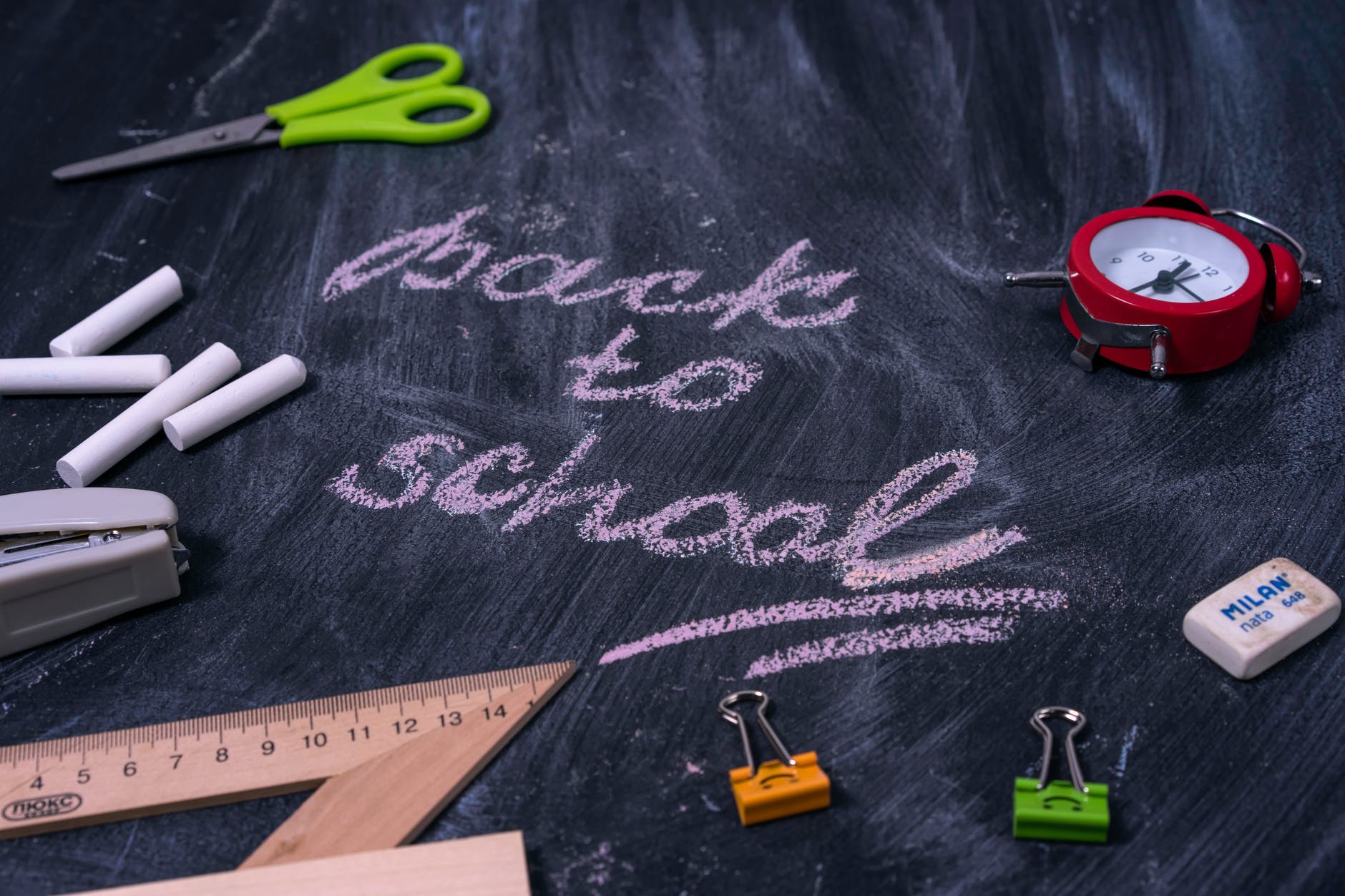
Many families bring home dog at the end of the school year. They want to take the summer to spend time with the new pet. However, within a couple short months, the school year is back in full swing. Then what? Have you considered what impact your children returning to school will have? What if you are a teacher and will be going back to the classroom? Remember, changes in a dog’s life and environment can result is behavioral regressions.
What are some things you can do to help your pets adjust when school is back in session?
Decide what routine changes will happen.
Who will be out of the house during the day?
Does a return to school mean adults will return to work?
How long will your dog be home alone during the day?
Will your wake-up times be earlier?
Will your pet’s mealtimes change?
If children were the main source of exercise and interaction for the pet, who will take over?
Once you have figured out the changes to your pet’s life, begin schedule changes a couple weeks or longer before school begins. Gradual change is easier for most pets to handle than a sudden shift.
If your pet cannot have free-range of your home, teach her to be comfortable in a safer space. I teach this separately from my leaving whenever possible. I want my dogs to be comfortable confined even when I am home. I do not want them to associate crating only with my leaving. Multiple times a day, practice leaving and returning. At first keep your time away from your pet very short – just a few moments as you close the door, walk a few feet away and return. Gradually extend the duration and sometimes leave for only a few minutes. Enrichment toys, such as those you can put part of their daily food ration in, can help alleviate boredom. Meeting your pet’s morning exercise needs before you leave home is important. When you leave, keep things drama-free and low key. Fussing over your pet as you try to reassure her you will be back or screaming at your children to hurry up does nothing to make your leaving calmer.
If your children were the main source of activity for your dog, what happens when they return to school? If you will be at home, take the time to meet the dog’s needs. If you will be returning to work, adjust your morning routine to meet the dogs needs before you leave the house. Food releasing toys will help meet some physical and mental needs; however, they are not a replacement for human-led activity. If this is not enough, hire a carefully chosen dog walker. If your yard is fenced, the dog walker does not have to walk your dog. A good play session in the yard is fine.
It may be tempting to leave your dog outside during the day or install a doggie door so she can go in and out as she pleases. Leaving a dog outside when no one is home to supervise can lead to problems. Dogs may become nuisance barkers or escape artists. They are at greater risk of theft. One woman I used to train with had indoor/outdoor runs that were covered and double fenced. Her neighbor was terrified of her German Shepherd Dogs and one day tossed a lye stuffed bone into the runs.
Please do not walk your dog to school or the bus stop with your children. Many schools do not allow dogs that are not service animals or on the property for a program on site. It is a liability. I have watched multiple, visibly stressed dogs lunge and snap at children. The same at a bus stops. Also, not all children are comfortable with dogs nearby. After you drop the children off, go home and do something with your pet.
Back to school does not have to be overly stressing for your pet if you are willing to help your pet through the adjustment. If you have any questions, please reach out to a positively-based trainer to help.
This is a longer version of a piece written for Inside NoVA news.

You must be logged in to post a comment.